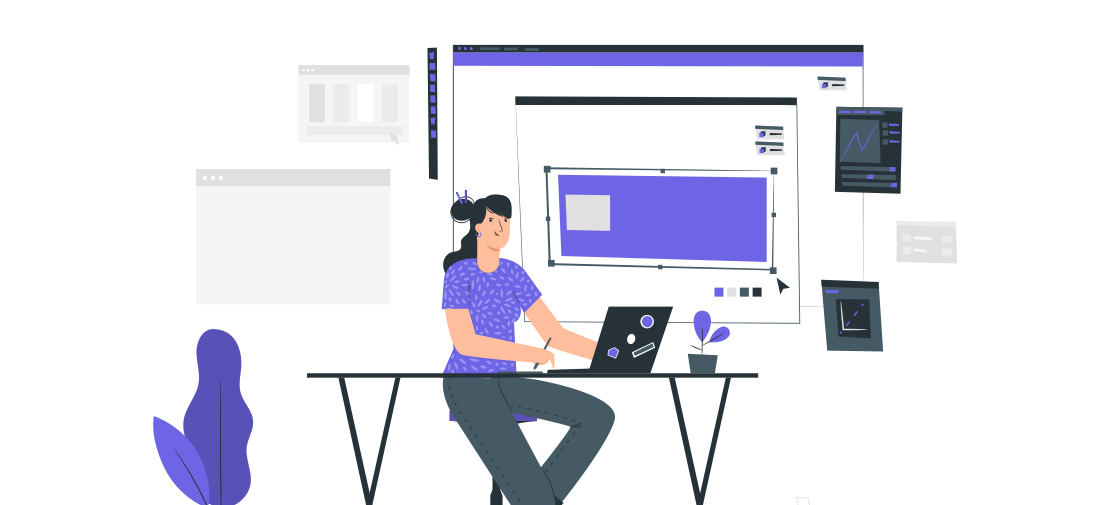
There are now nearly 1.7 billion websites online, which provide a lot of different types of websites to study, but also a lot of confusion over which type and design will actually work best for you.
As a designer or small business owner, you need to be familiar with all the different kinds of web pages out there,
Here are the 8 types of web design & development services
1. Homepages:
A homepage can take on many different forms, but while designing it’s important to remember the purpose of the homepage as the main navigation and point of interest for site visitors. Make it clear what the business is and offer the unique value proposition (UVP) upfront. Establish the site’s hierarchy and navigation structure on the homepage. Utilize your brand’s color palette, logo and images highly relevant to the business. The homepage sets the tone for the business’ image, so it should tell a story about who you are through images and words.
Example of Homepages

2. Magazine websites:
A magazine website features articles, photos and videos that are informational and educational. In the last twenty years, the magazine industry has changed from a print-only platform to largely digital format. The magazine website type works well for informational websites, particularly publications from universities and organizations.
Example of Magazine websites

3. E-commerce websites:
A robust e-commerce web page makes it easy to browse products, filter by categories, highlight special sales and make purchases. An easy way to get started is through a full-solution, e-commerce platform like Shopify or Squarespace. Your team can easily update online inventory and list new products. Plus, because the system is interconnected, sales, logistics and marketing are all kept apprised on what’s working well. On the design front, e-commerce platforms offer several templates that match the needs of nearly any business type.
Example of E-commerce websites

4. Blogs:
A blog features regularly updated articles, photos and videos. Blogs started with more casual, personal content compared to magazines. But since then, the lines have blurred, and now it’s extremely common for major brands and businesses to have their own blog. Adding expert content improves the overall credibility of a company or an individual. Blogs also provide material for social media posts and email campaigns.
Example of Blogs

5. Portfolio websites:
As you build a portfolio, there’s no need to add every single project you’ve ever worked on. Instead, focus on creating categories of items and highlighting the best work from each category. A portfolio website is a bit more creative by nature, so this is the place to try unique layouts and add in interesting features.
Example of Portfolio websites

6. Landing pages:
A landing page is a specific page type created for a marketing campaign that drives visitors to take a specific action.The content on a landing page should be limited and point toward the call-to-action (CTA) you’d like the user to take. Allow plenty of white space around your CTA and save elements not related to the purpose of that campaign for other pages.
Example of Landing pages

7. Social media websites:
There are approximately 2.77 billion people on social media with dozens of different platforms available. No matter who your target audience is, you’ll probably find them on Facebook or Twitter or Instagram or Snapchat or LinkedIn. Although you can’t redesign the platforms themselves, you do have some control over the look of your page, and you can create content that drives social media shares.
Example of Social media websites

8. Directory and contact pages:
A directory or contact page is a place where users can connect with you or others.This type of website works well when you want to list a repository of businesses or people within an organization. For example, a local restaurant directory features eateries in the area with menus, price ranges, phone number and reviews.
Example of Directory and contact pages

 Desiner media
Desiner media  August 20, 2020
August 20, 2020











Share your Views